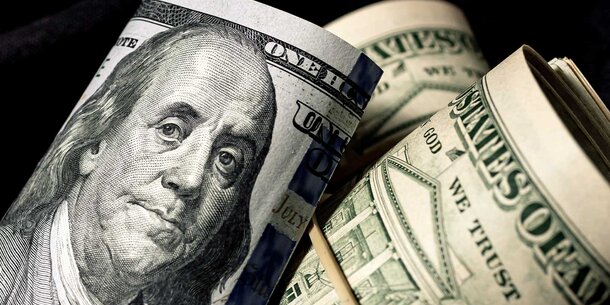You’re reading The Briefing, Michael Waldman’s weekly newsletter. Click here to receive it every week in your inbox.
In 38 states, supreme court judges must stand for election. These elections take various forms — partisan, nonpartisan, or uncontested retention elections, in which citizens vote simply to keep or remove a judge — but, historically speaking, most of them were low-profile affairs. In recent elections, however, unprecedented amounts of money have poured into these campaigns. The 2019–2020 election cycle set a record for spending on state justice elections, with $97 million spent on the races nationwide, according to a Brennan Center report released today.
For many years, the forces driving this spending were clear: economic interests, in particular, backing candidates for reasons having to do with environmental regulation, labor law, tort law, and the like. (Even if the ads purchased were about criminal justice.) Now a new factor may be involved: the withdrawal of the U.S. Supreme Court from enforcing civil rights and voting rights. In 2019, for example, the justices concluded that partisan gerrymandering was not justiciable under the U.S. Constitution. The decision shifted the voting rights battlefield from Washington, D.C. to fifty different state courts. The same is increasingly true of reproductive rights, marriage equality, and education policy. In all of these areas of law, state supreme courts are no longer way stations on the path to the U.S. Supreme Court, but independent loci of power.
Where power goes, money follows. Spending on judicial elections has skyrocketed in many states. In 2019, Wisconsin held its most expensive state supreme court race ever, but the record only lasted one year — nearly $10 million was spent to secure a single seat on the state’s high court in 2020. North Carolina wasn’t far behind, with a single seat generating more than $6 million in spending.
Spending by outside interest groups, rather than fundraising by the candidates, drives much of the nationwide spike. Interest groups spent $35 million on advertisements and other election activities in 2019–2020, more than double the totals spent in previous election cycles. In Michigan and Wisconsin, outside groups spent more than the candidates themselves. These spenders include dark money groups such as the Judicial Confirmation Network (which spent millions to put Neil Gorsuch, Brett Kavanaugh, and Amy Coney Barrett on the U.S. Supreme Court) as well as traditional business interests such as the oil industry.
All this may point to a new and disturbing trend. In the past, deregulatory and anti-environmental interests funded judicial elections, making common cause with social conservatives focused on issues such as abortion. Now a new marriage of convenience may be taking place: business money melding with “stop the steal” agitation. That’s especially true as the Big Lie comes to dominate the Republican Party in many states. If the trend continues, it will pose challenging questions to the financial forces who typically spend in these races but who profess to know that our election system must be defended.
Campaign donations to elect state court judges often are not acts of charity. Those millions come with strings attached, and the judges know it. A judicial candidate who wins her race in this election cycle on the back of a large donation may have to return to the contributor, hat-in-hand, for the next election. The escalation of spending represents an escalation of influence, and a diminution in judicial independence, which will ultimately undermine public trust in state courts.
The Brennan Center has also documented attempts by state legislators to reduce judicial independence, making this a difficult time to be a state judge. While their importance is increasing, they are caught in a squeeze between big donors and powerful politicians. Watch this space — state judges are set to make headlines in 2022.



